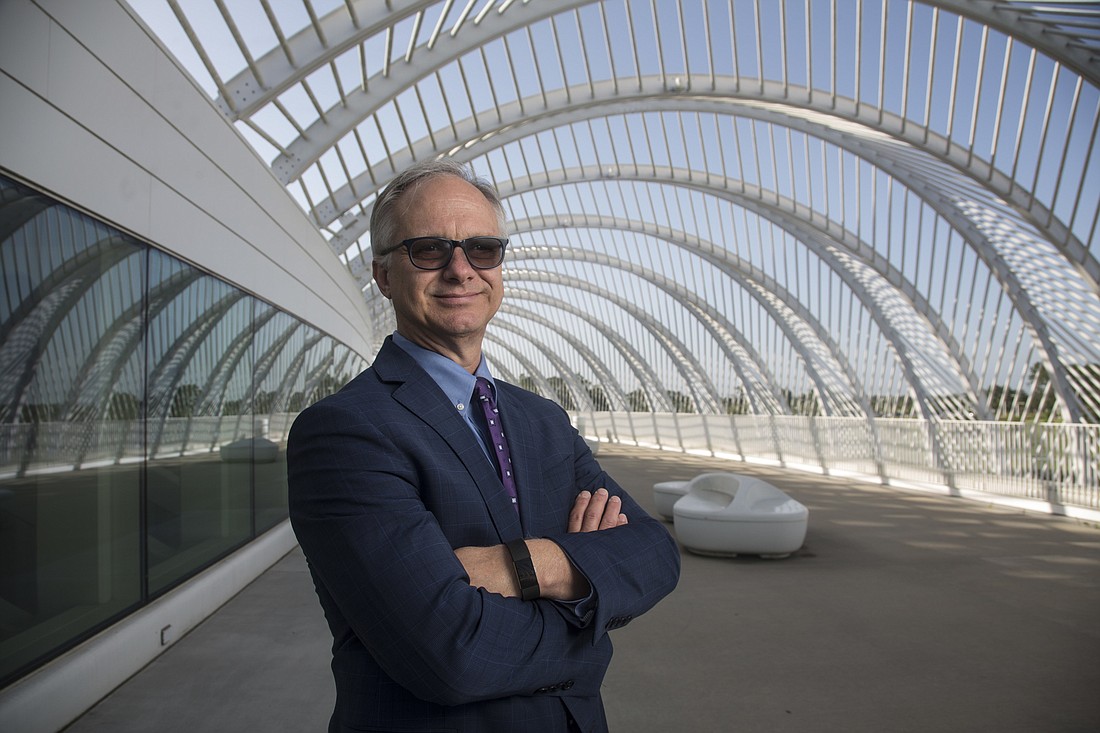- December 13, 2025
-
-
Loading

Loading

When lawmakers created Florida’s 12th public university in 2012, they christened it with a distinctly different mission than traditional academic institutions: develop cutting-edge curriculum to draw science, technology, math and engineering students to drive high-tech, high-skill economic development statewide.
The mission came with existential obstacles, including mandates to meet enrollment and accreditation milestones by do-or-die deadlines.